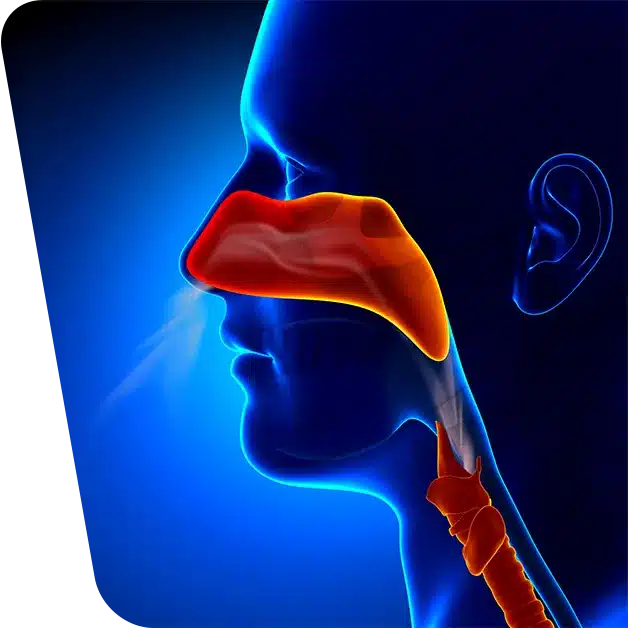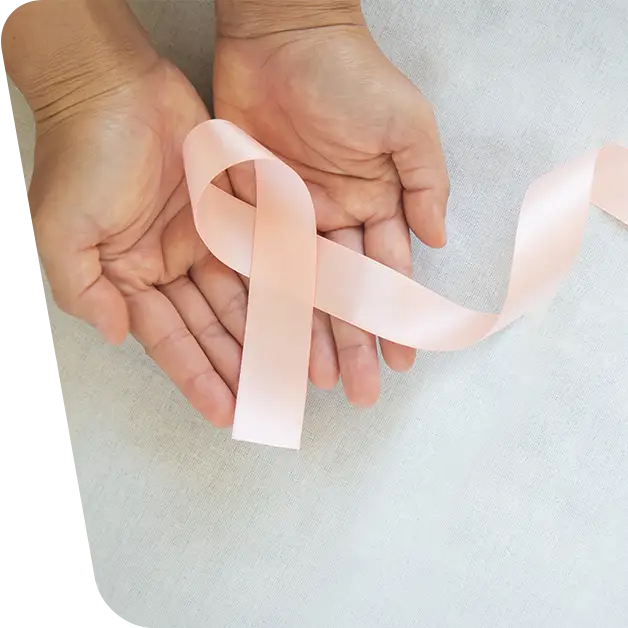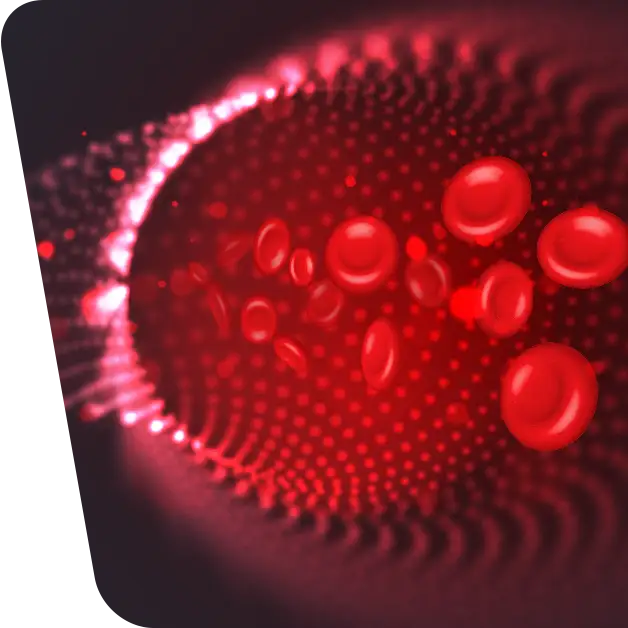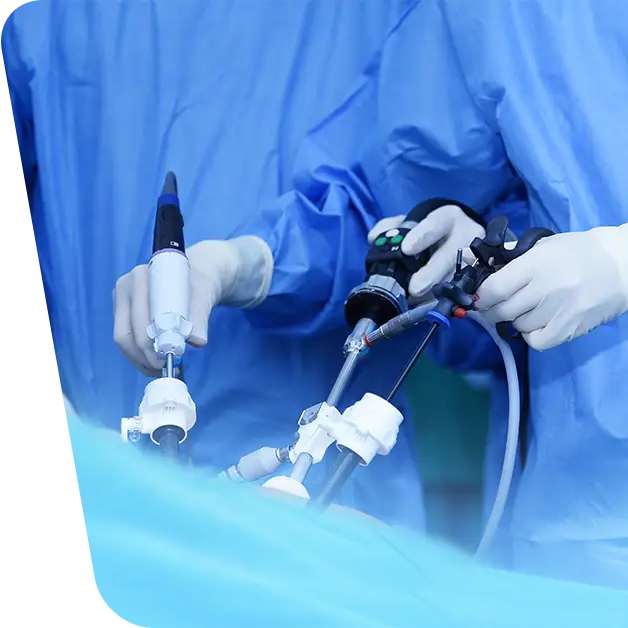What is uterine fibroid? Often female reproductive individuals can develop uterine fibroids, which are non-cancerous growths formed in the walls of the uterus. Although their size can range from microscopic, undetectable to the human eye, to bulky masses that can distort and enlarge the uterus, uterine fibroids are not associated with a higher risk of uterine cancer and rarely become cancerous.
Pic description: It is important to know that in most cases, uterine fibroids, especially relatively small ones, go unnoticed and without any symptoms. It is therefore important to have an annual gynaecological check-up, so that if an abnormality appears, it can be kept under control or treated.
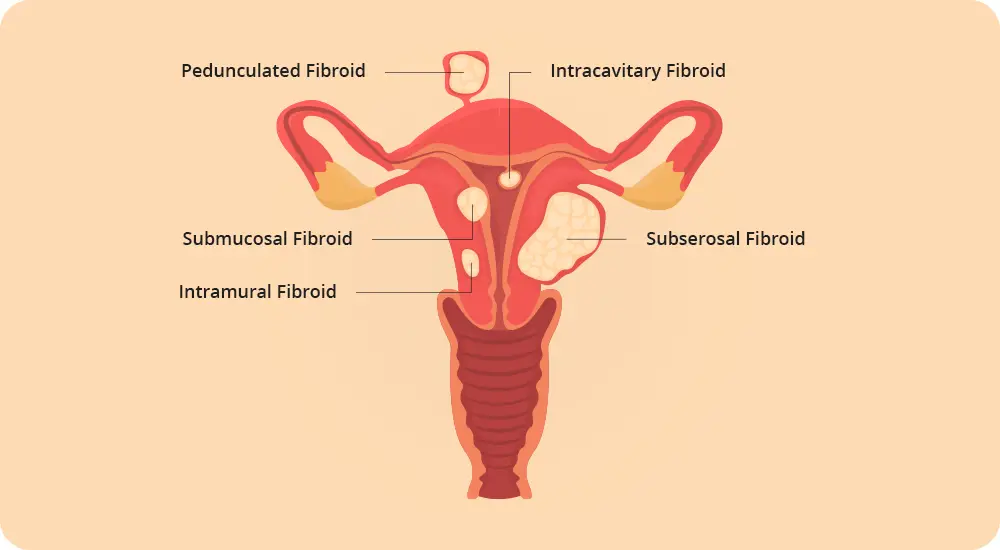
Table of contents
ToggleUterine fibroid symptoms
It is important to know that in most cases uterine fibroids, especially relatively small ones, go unnoticed and without any symptoms. It is therefore important to have an annual gynaecological check-up, so that if an abnormality appears, it can be kept under control or treated.
In cases where the appearance of uterine fibroids is accompanied by symptoms, these may vary according to the size, number and location of the fibroids.
In women with symptoms, the most common include:
- Heavy menstrual bleeding;
- Prolonged menstrual periods (more than 7 days);
- Pelvic pressure or pain;
- Frequent urination;
- Difficult urination;
- Constipation;
- Back pain or leg pain.
Rarely, a fibroid can cause symptoms of complication, acute pain when the blood supply to the fibroid is affected and the fibroid begins to die.
What causes uterine fibroids?
The cause of uterine fibroids is still unknown, but research and clinical experience point to some possible factors:
- Estrogen and progesterone, the two hormones secreted by the ovary that stimulate the development of the uterine lining to prepare it for possible pregnancy, appear to play a role in the growth of fibroids. Fibroids contain more receptors for estrogen and progesterone than normal uterine muscle cells. Fibroids tend to shrink after menopause due to decreased hormone production.
- Genetic component. After analysis of some fibroids, it has been found that many of them contain cells with genetic changes that differ from normal uterine muscle cells.
- Different growth factors. Substances that promote growth in the body and tissue maintenance, such as insulin-like growth factor, can affect the growth of uterine fibroids.
- Extracellular matrix. The extracellular matrix is the material that fills the space between cells and holds them together, connected to each other. In fibroids, a significant increase in the amount of extracellular matrix has been found.
Uterine fibroid treatment
Uterine fibroids are often discovered accidentally during routine check-ups where your doctor may feel irregularities in the structure of the uterus that suggest the presence of fibroids.
There is no universally used treatment for uterine fibroids – there are several treatment options depending on their character and each individual patient.
Many women who suffer from this condition have no symptoms or the symptoms present are mild and do not affect their quality of life, choosing not to intervene at all. Fibroids are not cancerous. They rarely interfere with pregnancy. They usually grow slowly or not at all – and tend to shrink after menopause, when levels of reproductive hormones fall. If you are in this situation, it is still necessary to have regular check-ups to monitor the progress of the fibroid.
If uterine fibroids are also accompanied by mild symptoms, your doctor may recommend medication to improve them. As for the pain caused by them, you can take over-the-counter medication such as Ibuprofen or Paracetamol. Iron supplements are also recommended for heavy bleeding during menstruation to avoid anaemia caused by too much blood loss.
The most commonly used methods of controlling fibroids are those commonly used as contraception. Low-dose oral contraceptives can not only stop the growth of fibroids but also help to control heavy bleeding and regulate menstruation. This is also true of other methods used, such as progesterone injections or intrauterine devices, also known as the intrauterine device (e.g. Mirena).
Other drugs commonly used to treat fibroids include gonadotropin agonist hormones (which have the same effects as gonadotropin). These, given by injection, nasal spray or implants, can lead to shrinkage of fibroids. Sometimes the hormones can also be used before surgery to remove them more easily. Side effects can include hot flushes, depression, insomnia, decreased libido and joint pain, but most women tolerate them very well.
Ultimately, if you have moderate to severe symptoms and other treatments haven’t worked, surgery may be your best option. Options include:
Uterine fibroid surgery
- Myomectomy – removal of fibroids without removal of healthy uterine tissue, suitable for women who want children or for other reasons want to keep their uterus;
- Hysterectomy – major surgery to remove the entire uterus;
- Endometrial ablation – a minor procedure in which the lining of the uterus is removed or destroyed to control heavy bleeding;
- Myolysis – a procedure in which a needle is inserted into the fibroids, usually laparoscopically guided, and electric current or frost is used to destroy them;
- Uterine fibroid embolisation – a procedure in which the blood supply to the fibroid is blocked by blocking nearby blood vessels, resulting in shrinkage.
Evaluate the options with your doctor and decide which one is most appropriate. Venart Clinic specialises in gynaecological surgery and gynaecological oncology.
Thanks to highly experienced doctors and innovative medical techniques, we ensure an operating experience of the highest quality standards, with exceptional long-term results in the treatment of gynaecological conditions. Find out more in the gynaecological oncology section of our clinic.
Does uterine fibroid affect women’s fertility?
Uterine fibroid in pregnancy
Depending on the size and location of the uterine fibroid, it could alter the size of the uterine cavity and affect a woman’s ability to have children. If they are located outside the uterus and are not of significant size, a woman’s fertility is not affected, and the fibroid may even be shrunk by hormones secreted during pregnancy.
Uterine fibroids and sex life
There are several theories that try to explain how the appearance of uterine fibroids can lead to infertility, including:
- Changes in the cervix can affect the percentage of sperm that end up fertilising the egg;
- Changes in the shape of the uterus can interfere with the movement of sperm or the embryo once formed;
- The fallopian tubes may be blocked by uterine fibroids;
- Fibroids can affect the thickness of the lining of the uterine cavity;
- The vascularisation of the uterine cavity is affected and implantation of the embryo cannot take place.
When to see a doctor
See your doctor if you have:
- Pelvic pain that doesn’t go away
- Overly heavy, prolonged or painful periods
- Spotting or bleeding between periods
- Difficulty emptying your bladder
- Unexplained low red blood cell count (anemia)
Seek prompt medical care if you have severe vaginal bleeding or sharp pelvic pain that comes on suddenly.



